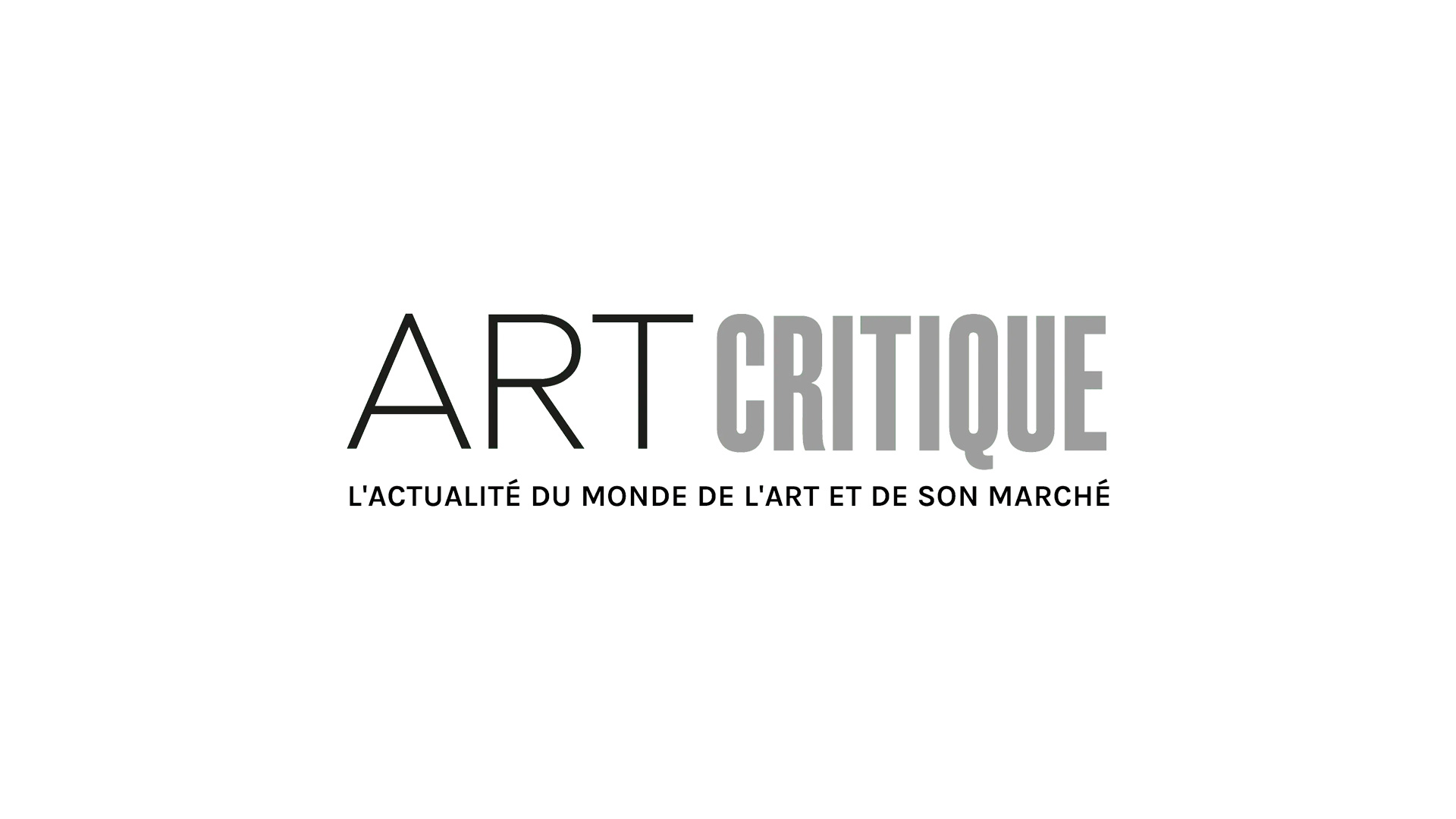Earlier this month, the theater group “BP or not BP?” stormed the British Museum in what they called the “Stolen Goods Tour.” The tour featured lectures and performances by indigenous artists and activists from Australia, Iraq, Hawaii, New Zealand, and Greece, as part of a call to return cultural objects from those countries and put an end to the oil company’s funding of the museum.
The tour follows the recent report, issued in November, by Senegalese economist Felwine Sarr and French art historian Bénédicte Soy, which advocated for the repatriation of African artifacts from France. The 108-page report was a landmark moment in the discussion regarding the fate of looted artifacts, which is in fact a discussion about how to reckon with, and atone for, history. “But this debate should not be limited to demands for restitution or reparations,” the scholars wrote. “We should seize the opportunity the discussion over these objects offers to rescue from oblivion a centuries-old common history, one that is in many ways brutal and violent, and to take responsibility for this entangled history in the present and future.”
While the idea of repatriation previously met resistance in France, President Marcon’s enthusiastic response has signaled a new willingness to redress the crimes of the country’s colonial past. “I am from a generation of the French people for whom the crimes of European colonialism are undeniable and make up part of our history,” he said. Within the next five years, Marcon stated, he would like to see the return of all African objects to Africa. The question is now whether museums in other Western countries will follow suit.
This new development gives rise to thorny questions: Where and to whom do objects belong? How do we protect them? How do they travel? In his 2006 essay, “Whose Culture Is It?” the Ghanian-American scholar Kwame Anthony Appiah discusses the idea of the “encyclopedic” museum: the single institution that houses all the world’s treasured objects under a single roof. In the essay, Appiah rejects the idea of cultural patrimony—the idea of culture as property belonging to members of specific groups—on the grounds that such claims are the product of a relatively new construct: nationalism. What does Viking ironwork really have to do with modern day Norway, he reasons, which did not achieve statehood until 1905? The objects of antiquity, he argues, are borderless and should be treated as part of a universal heritage. He claims that objects, regardless of their geographic origin, should be entrusted to those institutions best equipped for their safekeeping and sharing. The assumption is that poorer countries, many lacking resources or stable political climates, are less suited for the important task of stewardship.
And yet, keeping these objects in the hands of colonizers is a very old (and worn-out) story. Though nationalism is an invention, it’s still one we all live by (try telling an undocumented immigrant in the United States right now that borders don’t matter). Are borders suddenly less real when other countries have claim to something valuable? Ceding cultural artifacts to Western resource-rich institutions, such the Louvre in Paris or the Metropolitan Museum of Art in New York, not only reinforces the traditional centers of power, but also forecloses the possibility of many different kinds of museums emerging globally. What follows might be a radically different notion of stewardship, and the way objects are displayed and interpreted.
The restitution of these objects to their original homes opens up new possibilities for their housing, display, and protection. When the ontological status of an object changes (for example, when a Native American artifact shifts from an anthropological meaning to a spiritual one) and the locus of authority change (the artifact transferred from the museum to tribal jurisdiction), the role and nature of the museum—what stewardship really means—is also called into question. The current struggle over the proper ownership and treatment of objects may indeed create new kinds of museums, and, in turn, new kinds of objects.
Conceptualizing museums as contact zones rather than final repositories of knowledge, anthropologist James Clifford asks: “What would be different if major regional or national museums loosened their sense of centrality and saw themselves as specific places of transit, intercultural borders, contexts of struggle and communication between discrepant communities? What does it mean to work within these entanglements rather than striving to transcend them?” Perhaps what we need to address the cruel and complicated histories of a global society is a radical imagination to imagine new possibilities for the future. As Savoy writes,“we must allow ourselves to dream.”





